Enterprise: Animal sanctuary owners discuss how raise funds to care for creatures
| Published: 04-15-2024 1:48 PM |
TUNBRIDGE — Missy Gilbert’s idea for an animal sanctuary started with a wedding gift from her husband, Steven, of two goats needing a home. Gilbert, a vegetarian, said breeding them did not interest her.
“So we decided to go the other way and began looking on Craigslist for animals that needed a home,” Gilbert said. “We transitioned into that.”
That was in Washington, Vt., in 2013. The Gilberts obtained their nonprofit status in 2017 and, after outgrowing their Washington location, moved to Tunbridge in 2019. Today, Little Red Barn Sanctuary cares for about 70 sheep, two dozen goats, chickens, turkeys, a few rescue dogs and four cows.
Like others who run animal sanctuaries, the Gilberts have found they can’t do the work alone. They rely on financial and volunteer help from others.
“Money does get tight sometimes but you can’t quit, so we try to be creative,” Gilbert said.
Instead of seeking direct monetary donations, the Gilberts like to advertise fundraisers for items they need.
They have asked for donors to sponsor a sheep shearing and recently Missy Gilbert asked for 50 50-pound bags of pellet feed and had received 37 donations in two days as a gift for her 50th birthday.
“That is almost $1,000 worth of feed,” she said.
Article continues after...
Yesterday's Most Read Articles
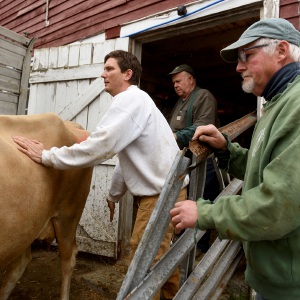 Herd departs Hartford’s last remaining dairy farm
Herd departs Hartford’s last remaining dairy farm
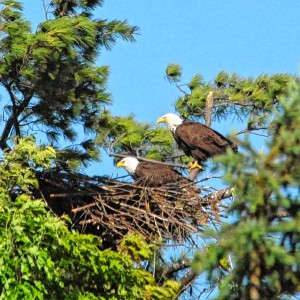 Bald eagles are back, but great blue herons paid the price
Bald eagles are back, but great blue herons paid the price
 At Dartmouth, hundreds protest ongoing war in Gaza and express support for academic freedom
At Dartmouth, hundreds protest ongoing war in Gaza and express support for academic freedom
 Kenyon: What makes Dartmouth different?
Kenyon: What makes Dartmouth different?
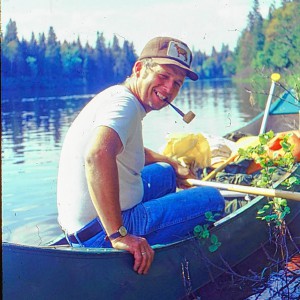 A Life: Richard Fabrizio ‘was not getting rich but was doing something that made him happy’
A Life: Richard Fabrizio ‘was not getting rich but was doing something that made him happy’
Jen Vickery, of Haverhill, started Tomten Farm and Animal Sanctuary in 2014 and moved it to Haverhill eight years ago.
“I do not run this alone,” Vickery emphasized when explaining why the sanctuary succeeds on 100% volunteer help — except for a recent hire in the past year — and 100% donations. “I could not do it without the compassion, dedication and expertise of an incredible board. They are right there beside me in a labor of love.”
Vickery also gives a lot of the credit for Tomten’s success to about two dozen volunteers who put in between 10 and 40 hours a week each to run the sanctuary. Still more volunteers give between three and five hours a week.
“Every single dollar that comes for the rescues goes to the rescues,” said Vickery, a professional dog trainer originally from Boston who used her savings and a second mortgage to buy 80 acres in Haverhill, have a barn built and put up fencing. Today Tomten cares for about 75 animals — including horses, donkeys, sheep, goats and pigs — on 40 acres. Vickery has a long-term vision of Tomten to do more.
“Little by little, we reclaimed this farm from the ground up. We have been creating what we hope is a sustainable, responsible model for the future,” said Vickery, who does not take a salary and still travels to Boston a few times a week for her business. “Our mission here is to provide peace, protection and possibilities for animals in need. We are a sanctuary, which means we are taking on a lifetime guardianship of these animals.”
The Best Friends Animal Sanctuary in southern Utah was started in 1984 with the best of intentions but, seven years later, it was facing bankruptcy and had to work with creditors to stay afloat while developing fundraising plans.
Today the sanctuary, the largest of its kind in the United States, is thriving with about 1,500 animals at any one time, including dogs, cats, horses, goats and pot-bellied pigs, on 6,000 acres in Kanab, Utah.
Judah Battista, the chief sanctuary officer at Best Friends, said their experience prompted them to start a course on how to run a life-saving animal sanctuary.
“The reason we offer the course is, yes, we bootstrapped it when we got started in the ’80s with a group of 26 and though it worked for us, we would say don’t do what we did,” Battista said.
Accredited by Southern Utah University, the course, which is online except for a required week at Best Friends, covers everything from getting a 501(c)(3) for nonprofit status to permitting, infrastructure and the financial commitment.
“It is helpful as it convinces as many people who decide to move forward as it does those who decide to instead help out at their local shelter,” Battista said.
Battista, at Best Friends in Utah, said fundraising is a critical component to running a sanctuary, and those thinking about starting a sanctuary have to have a plan and mechanism to act on that effort. The scale of the operation will determine the extent to which you need to go beyond a social media campaign and make more of an investment, he said.
“At its core, running a sanctuary is acting upon people’s individual passion and compassion, but it still requires a business sense,” Battista said. “It requires a self-awareness and being pragmatic in that once you have animals in your care, you cannot not pay the bills. You cannot decide you don’t want to do it tomorrow without consequences for the animals.”
Battista said one of the reasons for the course is because the rescue shelters they work with have had to bail out sanctuaries that started with the best of intentions but became hoarding situations.
“It is important that as you grow in your commitment to animals, it mirrors your ability to meet those commitments,” Battista said.
As she walked among the animals on a recent March day, Gilbert called them by name. She pointed to Sprout, a goat born with a cleft palate that needed four corrective surgeries at Cornell University Hospital and today is a healthy 6-year-old. And there is Terrence, a sheep that was missing a hind hoof from frostbite when a family brought it to the Little Red Barn from South Dakota.
“He could not stand, so he would scoot around on his butt,” Gilbert said. “We put him in a wheelchair, and then we had a cast of his leg made and ordered a prosthetic.”
Gilbert coaxed Terrence to stand to show he now walks fine. Blossom, a young lamb who came to Little Red Barn with deformed rear legs that needed braces to correct, sat quietly in her playpen inside the Gilberts’ home as Missy talked about the growth of the sanctuary — and what it requires in money and time to run it successfully.
“I would say it is not for people who still have a lot of things they want to do (in their life),” Gilbert said. “We are older, and I don’t feel like I am missing out on anything. One of us is always here.”
In addition to their jobs — Missy is an X-ray technician, and Steve is a plumber — they spend about four hours a day on sanctuary chores.
“It is time-consuming and exhausting,” said Gilbert with a smile that reveals her first love is caring for her animals. “I promised them they would never have to go anywhere. They are so sweet. I just love them.”
The human connection is another benefit, she added.
“I have some local women who come and brush the sheep and goats,” Gilbert said. “One of them told me, ‘This is the happiest I have felt since my dog died two years ago.’ ”
In addition to their jobs, the Gilberts rely on a mix of revenues to cover expenses of feed, hay and other costs. Their home has an inn for up to 12 guests, with summer and fall usually booked.
“It pays a lot for what keeps us running,” Gilbert said, adding that they also rent a glamping canvas on the property and an A-frame. A large barn away from the animals can be used to book groups for retreats. They also have an online store selling coffee mugs, T-shirts and other items.
Vickery said when you add up all the costs of running Tomten, including feed, veterinarian care, electricity and more, it is an expensive endeavor costing about $1,000 a day. To support that, cultivating and maintaining strong donor relationships is extremely important, she said.
“It is a misconception that when you become a 501(c)(3) people will open their wallets. We work hard to develop long-term relationships with our supporters,” she said. “We have an active Facebook page, and we send videos to donors each and every week.”
Tomten also holds multiple fundraising events around the country each year.
“Our goal this year is one recurring donor every single day of the year,” Vickery said.
Patrick O’Grady can be reached at pogclmt@gmail.com.

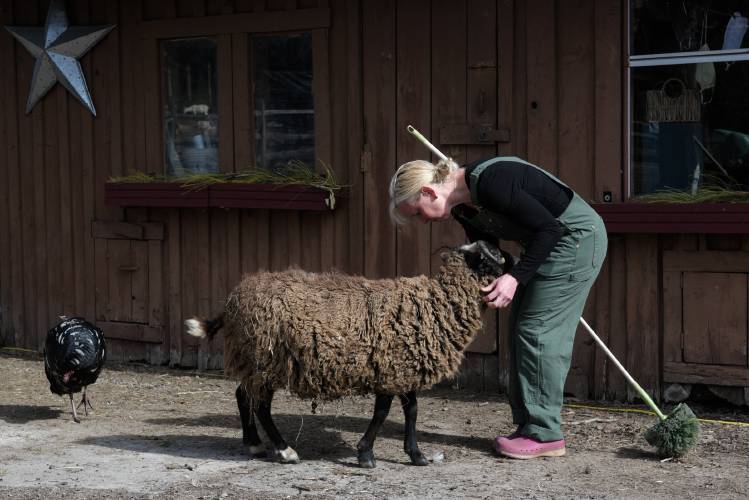
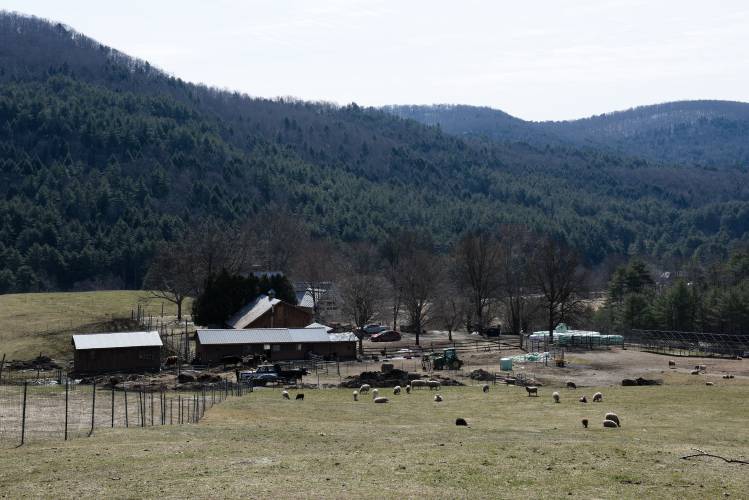
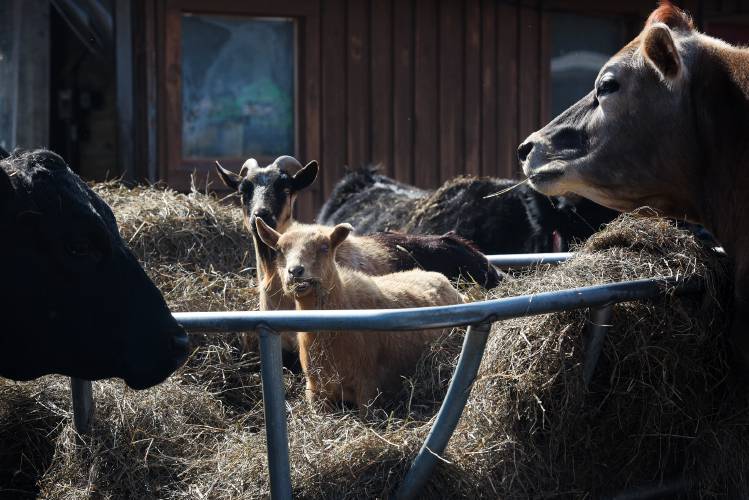
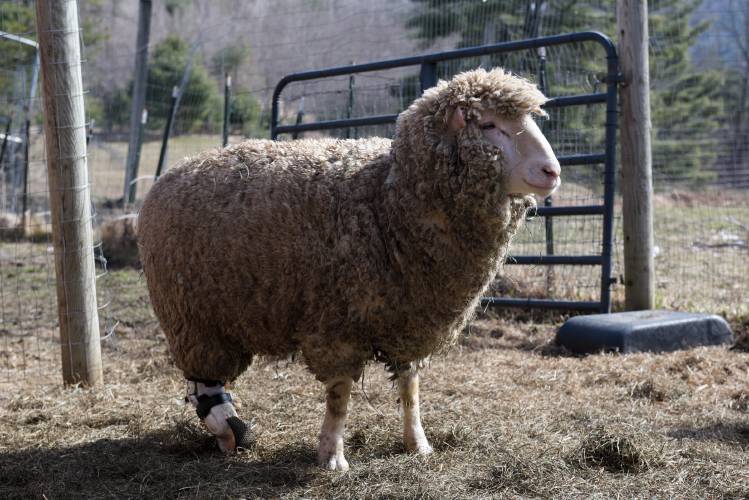
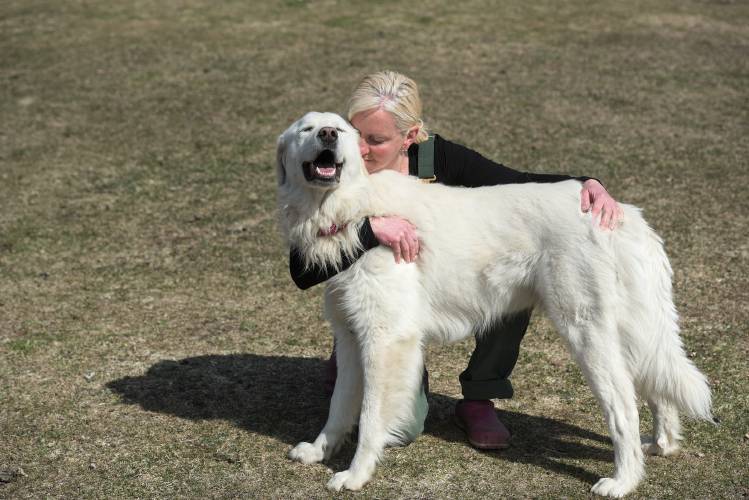
 Howard Dean weighs (another) run for governor
Howard Dean weighs (another) run for governor Colby-Sawyer president announces plan to depart
Colby-Sawyer president announces plan to depart Under covered work
Under covered work
